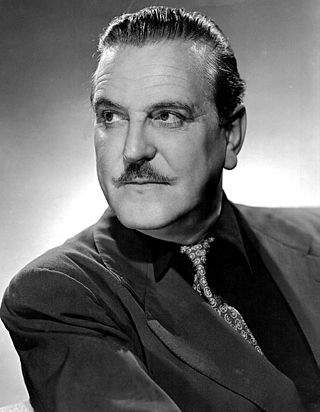
Francis Phillip Wuppermann, known professionally as Frank Morgan, was an American character actor. He was best known for his appearances in films starting in the silent era in 1916, and then numerous sound films throughout the 1930s and 1940s, with a career spanning 35 years mostly as a contract player at Metro-Goldwyn-Mayer. He is best-known for his multiple roles, including the title role of The Wizard in the 1939 MGM film The Wizard of Oz. He was also briefly billed early in his career as Frank Wupperman and Francis Morgan.

Henry Koster was a German-born film director. He was the husband of actress Peggy Moran.

William Washington Beaudine was an American film director. He was one of Hollywood's most prolific directors, turning out a remarkable 179 feature-length films in a wide variety of genres.

Anna Maria Pierangeli, known internationally by the stage name Pier Angeli, was an Italian actress, model and singer. She won the Nastro d'Argento for Best Actress for her debut role in the 1950 film Tomorrow Is Too Late, and subsequently won a Golden Globe Award for New Star of the Year – Actress for her performance in the American film Teresa (1951).

Virginia Mayo was an American actress and dancer. She was in a series of popular comedy films with Danny Kaye and was Warner Bros.' biggest box-office draw in the late 1940s. She also co-starred in the 1946 Oscar-winning movie The Best Years of Our Lives.
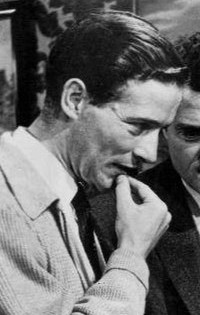
Michael Joseph Anderson Sr was an English film and television director. His career spanned nearly 50 years across three countries, working at various times in the United Kingdom, the United States, and Canada. His most critically and commercially successful works include the World War II film The Dam Busters (1955), the dystopian sci-fi film Logan's Run (1976), and the comedy adventure epic Around the World in 80 Days (1956), which won the 1957 Academy Award for Best Picture.

Richard Egan was an American actor. After beginning his career in 1949, he subsequently won a Golden Globe Award for his performances in the films The Glory Brigade (1953) and The Kid from Left Field (1953). He went on to star in many films such as Underwater! (1955), Seven Cities of Gold (1955), The Revolt of Mamie Stover (1956), Love Me Tender (1956), Tension at Table Rock (1956), A Summer Place (1959), Esther and the King (1960) and The 300 Spartans (1962).

The Prizefighter and the Lady is a 1933 pre-Code Metro-Goldwyn-Mayer romance film directed by Howard Hawks and W. S. Van Dyke starring Myrna Loy and the professional boxers Max Baer, Primo Carnera, and Jack Dempsey. The film was adapted for the screen by John Lee Mahin and John Meehan from a story by Frances Marion. Marion was nominated for an Academy Award for Best Writing, Original Story.
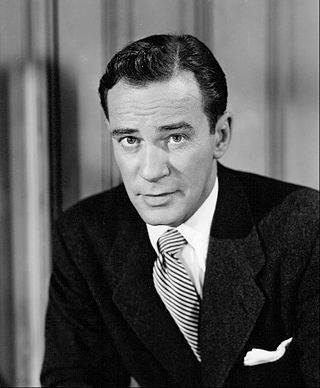
Richard Dutoit Carlson was an American actor, television and film director, and screenwriter.

The Black Castle is a 1952 American historical gothic horror film directed by Nathan H. Juran and starring Richard Greene, Boris Karloff, Stephen McNally, Rita Corday and Lon Chaney Jr. It was produced by William Alland. The film was made in the United States but premiered in Sweden.
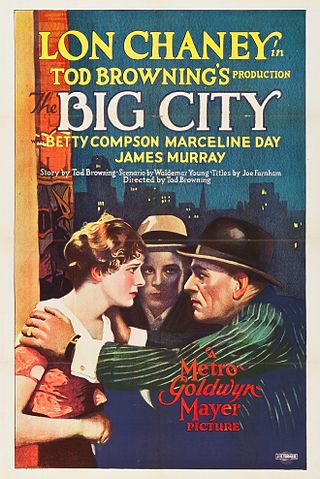
The Big City is a 1928 American silent crime film directed by Tod Browning and starring Lon Chaney. Waldemar Young wrote the screenplay, based on a story by Tod Browning. The film is now lost.

Dancing with Crime is a 1947 British film noir film directed by John Paddy Carstairs, starring Richard Attenborough, Barry K. Barnes and Sheila Sim. A man hunts down the killer of his lifelong friend.
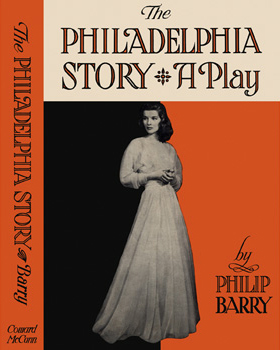
The Philadelphia Story is a 1939 American comic play by Philip Barry. It tells the story of a socialite whose wedding plans are complicated by the simultaneous arrival of her ex-husband and an attractive journalist.

Du Barry Was a Lady is a 1943 American musical comedy film directed by Roy Del Ruth, starring Red Skelton, Lucille Ball, Gene Kelly, and Tommy Dorsey and His Orchestra. It is based on the 1939 stage musical of the same name. Shot in Technicolor, the film was produced and distributed by Metro-Goldwyn-Mayer.

Zis Boom Bah, also known as College Sweethearts, is a 1941 American musical comedy film directed by William Nigh, and starring Grace Hayes, Peter Lind Hayes and Mary Healy. The plot concerns a vaudeville singer who comes to a floundering college to instill values and self-confidence in its entitled students.

Svengali is a 1954 British drama film directed and written by Noel Langley and starring Hildegard Knef, Donald Wolfit and Terence Morgan. It was based on the 1894 novel Trilby by George du Maurier. Svengali hypnotises an artist's model into becoming a great opera singer, but she struggles to escape from his powers. It was distributed in the United States by Metro-Goldwyn-Mayer.

For Those We Love is a 1921 American silent romantic drama film produced by and starring Betty Compson, and featuring Lon Chaney and Richard Rosson. Written and directed by Arthur Rosson, the film was based on a story by Perley Poore Sheehan (who later co-wrote the script for Chaney's The Hunchback of Notre Dame. The film was distributed by Goldwyn Pictures. Some sources list the release date as being in March 1921. This is unlikely since the film was only copyrighted in July, but the exact release date has not been confirmed. It is now considered a lost film. A still exists showing Chaney holding the heroine.

Bailout at 43,000 is a 1957 American drama film directed by Francis D. Lyon and written by Paul Monash. The film stars John Payne, Karen Steele, Paul Kelly, Richard Eyer, Constance Ford and Eddie Firestone. The film was released on May 1, 1957, by United Artists.

Viola Mallory Lawrence is considered by many to be the first female film editor in Hollywood. She was nominated twice for the Academy Award for Best Film Editing: for Pal Joey (1957), with Jerome Thoms; and for Pepe (1960), with Al Clark.
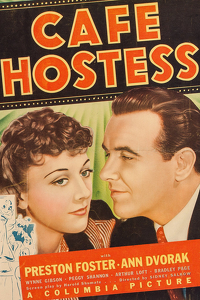
Cafe Hostess is a 1940 American crime film directed by Sidney Salkow and starring Preston Foster and Ann Dvorak. The screenplay was written by Harold Shumate, based on a story by Tay Garnett and Howard Higgin. Prior to filming the studio had been warned by the MPAA that the film did not comply with its code, but it is unclear whether changes were made to the script.



















